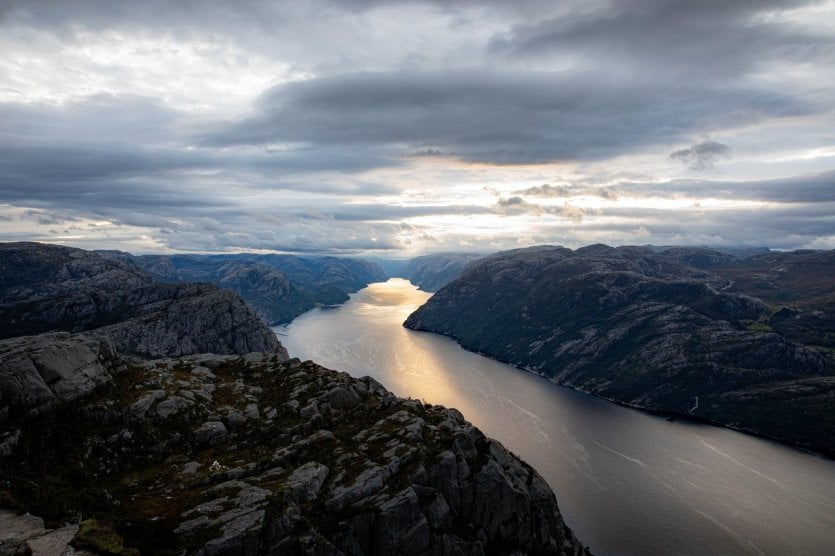
Located in the southwest of Norway, the Stavanger region offers many experiences to its visitors. The one of strolling in authentic cities with wooden houses with colorful facades and restaurants featuring good seafood. But also the one to enjoy an extraordinary nature, with the so striking landscapes of the fjords of the south of the country. With breathtaking cliffs, mountains, waterfalls and long sandy beaches, the region offers a multitude of environments where you can enjoy strolling, fishing and water sports. Southern Norway is a fascinating territory and a must-see on a trip to Northern Europe. Here are 12 of the things to do in the beautiful Stavanger region
1- Hike to the Preikestolen

It is one of the most famous sites in Norway and a must during a stay in the Stavanger area. The Preikestolen (pulpit rock) culminates at 604 m above the Lysefjord. Every year, many hikers follow the route to the famous rock formation and enjoy a breathtaking view of the fjord. Each season reveals a particular atmosphere, but the sensation of dominating an extraordinary nature is always present. There are many ways to reach this extraordinary place in southwestern Norway: by hiking along the steep cliffs, by following a guide, but also by combining a boat or bus trip with walking
2- Discover the Lysefjord
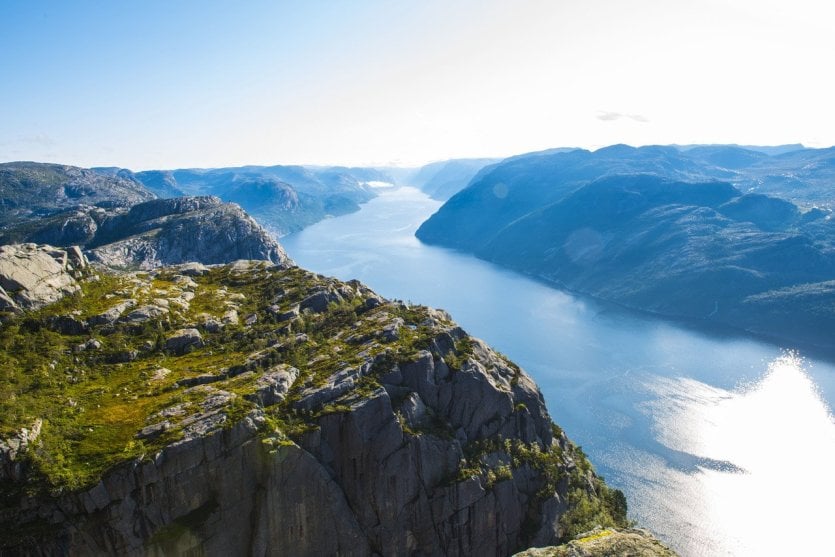
The Lysefjord is a spectacular fjord in the Stavanger region. It is 42 km long and located in Ryfylke, where the sea pierces beautiful rock formations and reveals emblematic sites such as the Preikestolen. Lysefjord is also home to the world's longest wooden staircase, the Flørli Staircase, with its 4,444 steps offering breathtaking views of the fjord. There are many ways to enjoy the beautiful scenery of the Lysefjord: you can hike or take a cruise, even on a luxury yacht!
3- Go and see the Kjerag, another mythical place
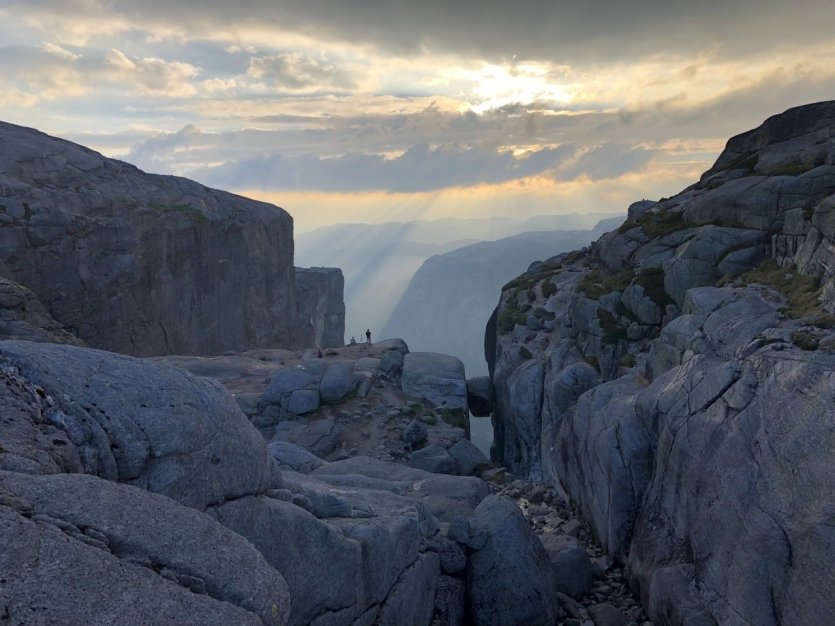
People who plan to hike in the Lysefjord must go and see the Kjerag, a mythical rock wedged between two rock walls and which culminates at 1 084 m above the fjord. Today, one of the favorite attractions of the walkers is to be photographed standing on Kjerag, but beware of vertigo! Once you have reached the site, the views of the Lysefjord are breathtaking. One can go to admire the rock of Kjerag by walking in all autonomy or by being accompanied by a guide. Some people choose to fly over the site by helicopter
4- Walking around Stavanger
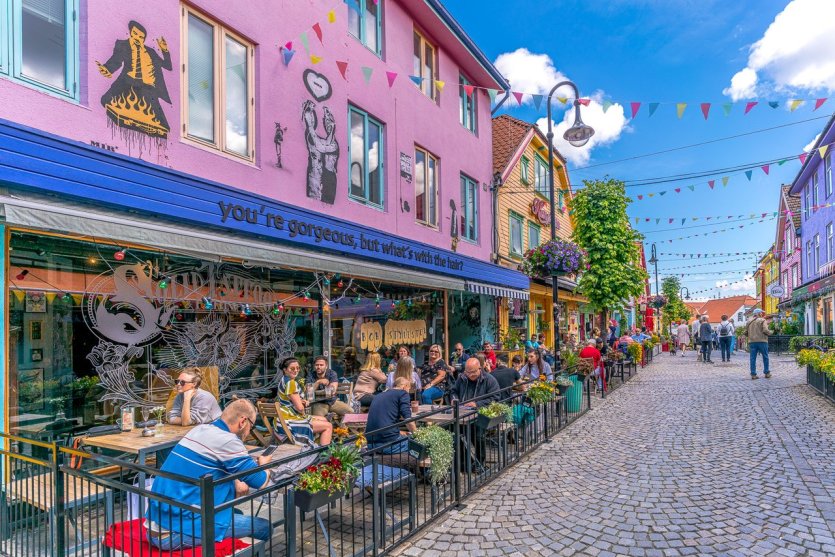
The city of Stavanger is one of the oldest in Norway. It is said that it was founded in 1125 by Sigurd Jorsalfarer, the same year as its beautiful cathedral, in Romanesque and Gothic styles. A stroll through the city is an opportunity to get lost in the medieval atmosphere of the streets in Gamle Stavanger, the old quarter with white painted wooden houses. We then join the shopping street ofOvre Holmegate in the area to face this time beautiful colored facades. You can also admire street art, before going to the harbor and its old houses where many bars and restaurants are located. A stay in Stavanger is also an opportunity to better understand its history. You can visit its main museums such as the Norwegian Canning Museum and the Norsk Oljemuseum, dedicated to oil.
5- Hiking and water activities around Sandnes
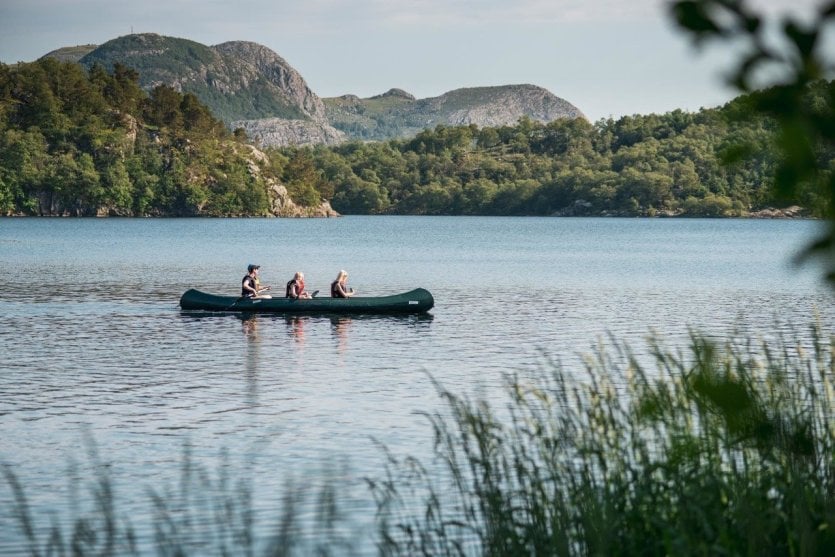
A trip to the Stavanger area is an opportunity to reach Sandnes for a real connection to the rolling, green nature. After renting a canoe or kayak at the Kronen Gaard Hotel or Frilager.no, the whole family can explore Lutsivassdraget, where five large lakes are connected by small straits and channels. There are also various islands, for a place that is a real paddling eldorado. Want to go for a walk in the forest, to fish or to swim? TheAlsvik Nature Center welcomes lovers of outdoor vacations and allows them to enjoy the refreshing setting of the lakes. It offers various shelters, places to pitch a tent and barbecues for a good barbecue with family and friends
6- Going to the island of Kvitsøy
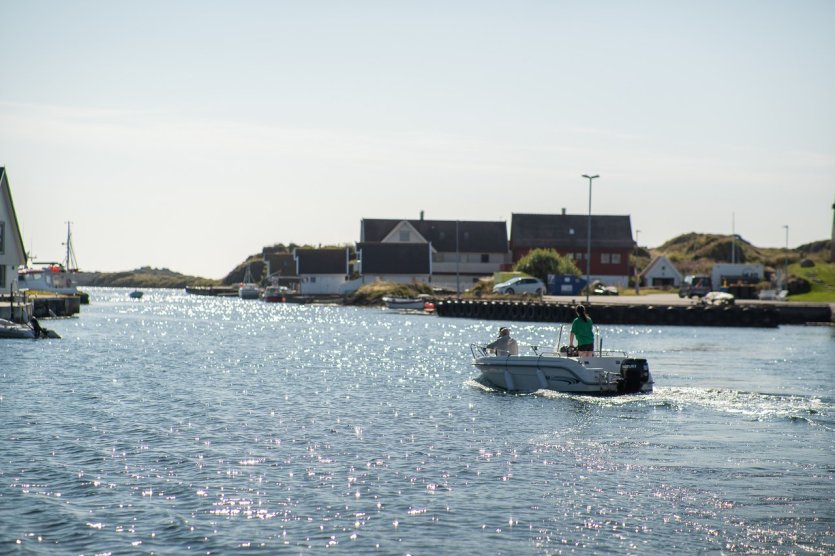
A short trip by ferry from Stavanger and we reach the island of Kvitsøy, the smallest municipality of Norway. You will discover the island life and you will immediately feel a deep sense of tranquility and closeness to nature. Kvitsøy is composed of a main island which does not lack richness to be discovered, between its immense lighthouse, its church of the XVIIth century with interior paintings on wood of rosemåling style and its immense stone cross of 4 m high. There are also 167 islands, islets and reefs to explore during canoeing trips. The sea is also the source of many activities, such as swrimrun. This practice which alternates running and swimming between the islands is the promise of unforgettable moments with your family. For culture, don't forget to visit the lobster museum and for gastronomy, the divine Grøningen restaurant, open in summer
7- Visit a natural wonder: the Magma Geopark
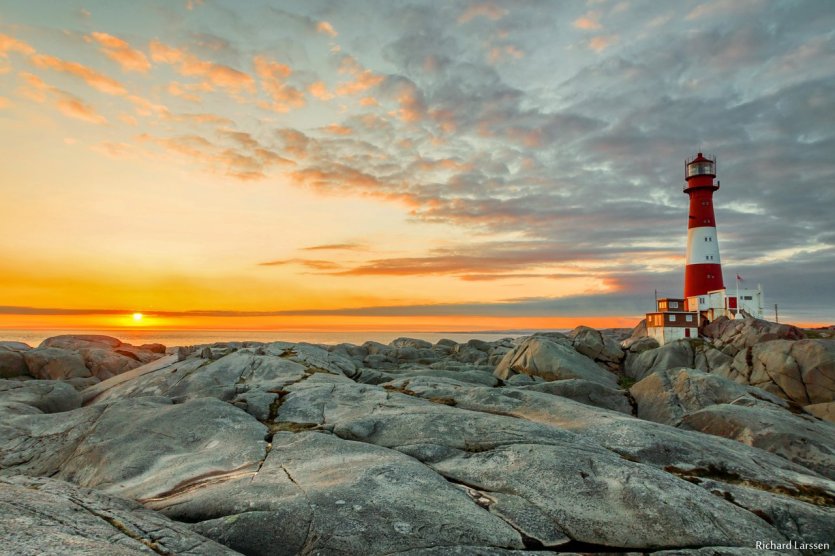
The Magma Geopark covers an area of 3,000m2 including five municipalities of the southwestern wild coast. Theplace includes about forty sites classified by Unesco for their exceptional natural heritage. There are mountains and other amazing rock formations resulting from an ancient solidified magma. Some places offer the feeling of walking in the heart of lunar landscapes. Not surprising when you know that you can find anorthosite, a material present in greater numbers on the Moon than on the Earth. The place is of course a paradise for hiking in grandiose landscapes, but also in picturesque towns where you can soak up the local life, culture and gastronomy. For example, you can stop in the charming harbor village of Sogndalstrand, where the Sogndalstrand Kulturhotell opens its doors to sleep in authentic wooden houses. In Egersund, the Grand Hotell is another place not to be missed, with its cosy decor and the tasty cuisine of the Eigra Eigra kjøkken & bar.
8- A stop in Egersund and its surroundings

Egersund is a pleasant town and another must-see destination to do when visiting the Stavanger area. There are beautiful historic wooden houses, stores, delicious cafes and restaurants and a rich cultural life. From the city, there are excursions to the countryside, forests and mountains. Several sites are not to be missed, such as the Trollpikken, a funny rock in the shape of a phallus, and the Jøssingfjord, where you can find the two small houses sheltered on the mountainside in Helleren. It is also in this spectacularly shaped fjord of volcanic origin that you can spend the night at Tunnelstuo, an unusual tunnel dug into the rock where the curious can sleep in a hammock. The assurance of waking up with a view on a breathtaking nature.
9- Enjoy the local gastronomy

The Stavanger region is known for offering remarkable culinary experiences, thanks to the presence of high quality products. Ingredients that benefit from a mild climate, fertile farmland and proximity to the sea. In Stavanger and other cities in the region, there are talented chefs in restaurants that have been praised by leading national and international food critics and the Michelin Nordics Guide. In fact, Stavanger is the first Norwegian city outside of the capital to have one of its restaurants awarded a precious Michelin star in 2016. The municipality now even has three stars! One experience that appeals to gourmets is the culinary route through the fjords of southern Norway, which includes stops at hotels and restaurants offering cuisine that oscillates between traditional and modern, always succulent
10- Go and admire the Månafossen waterfall
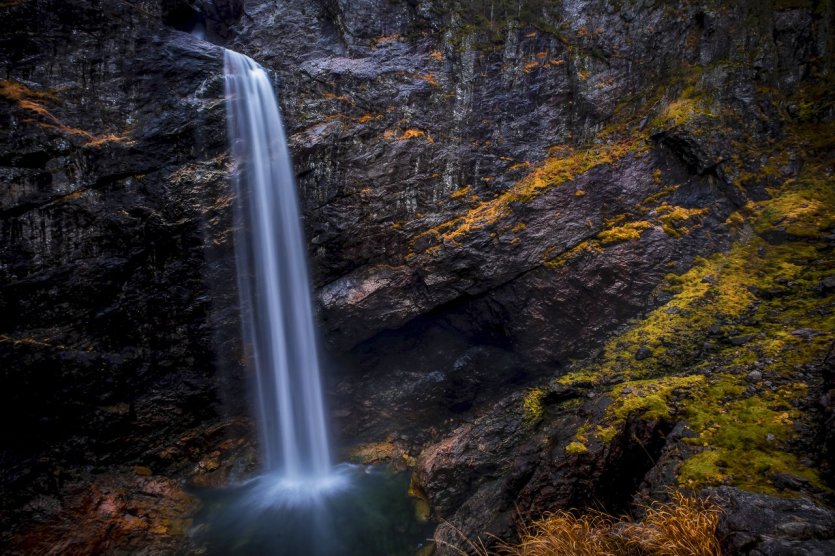
The Månafossen waterfall is the largest waterfall in Rogaland County, the 9th largest in Norway. It is located in Frafjord, a steep valley about an hour drive from Stavanger. A short hike from the parking lot provides a great view of this natural wonder. It is also possible to continue the hike to discover other sites such as the restored old mountain farm of Mån. There are several campsites where you can stay for several days in the heart of this rejuvenating nature. We also take the opportunity to go to the municipality of Dirdal, for a coffee and some shopping at the Dirdalstraen Gardsutsalg Farm, a place that offers a real journey through time
11- Breathe the sea air on the beaches of Jæren
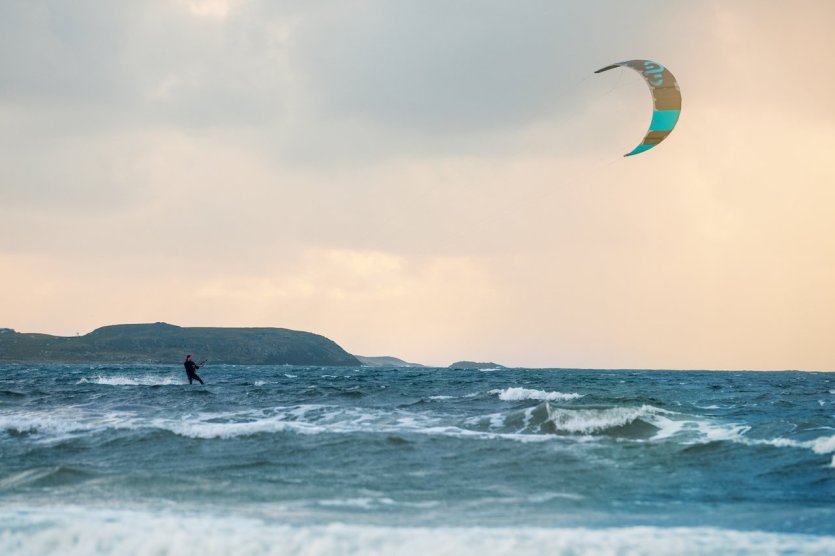
Traditional Norwegian district of Rogaland county, Jæren is a unique territory. A flat landscape that is not found anywhere else in Norway. With a warmer climate and fertile land, it is also one of the most important agricultural areas in the country. Travelers especially appreciate the 70 km long coastline which is full of different types of beaches. Pebble and white sand beaches, the Jæren is the best seaside destination in Norway. It is a surfing eldorado, one of the best spots in the world, and to enjoy it, you can stay for a few nights at Boretunet, which offers comfortable rentals near fields full of cows and the sea. The flat landscape of Jæren also makes it an incredible destination for cyclists. So be sure to rent bikes to follow the Jærruta, a popular cycling route along the coast. The route follows bucolic country roads and offers clear views of the sea.
12- Explore the mountains of Sirdal
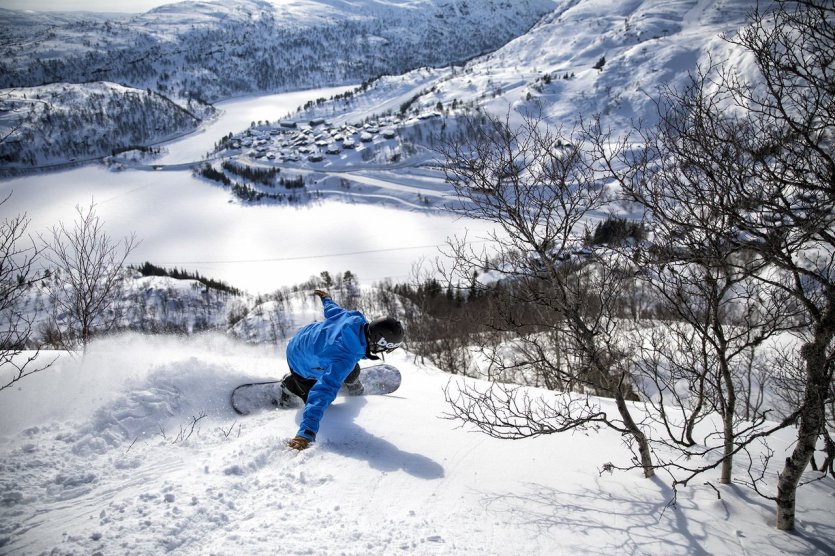
Joining Sirdal in the Stavanger region allows you to enjoy the joys of the mountains in both summer and winter. While the cold season makes the place a paradise for downhill skiing, cross-country skiing and other dog sledding sessions, the place becomes increasingly popular in the summer. Hikers take advantage of the lack of powder to stroll through the wild mountains. We cross the road of reindeers and we stop to fish some trouts in the lakes. Several accommodations allow you to stay comfortably and close to nature: ecolodges, resorts, apartments and mountain cottages. Not forgetting to stop in the restaurants to try the local gastronomy. Slottet i Sirdal is a great address, built on top of a mountain and offering a breathtaking view of the surrounding mountains and a lake


